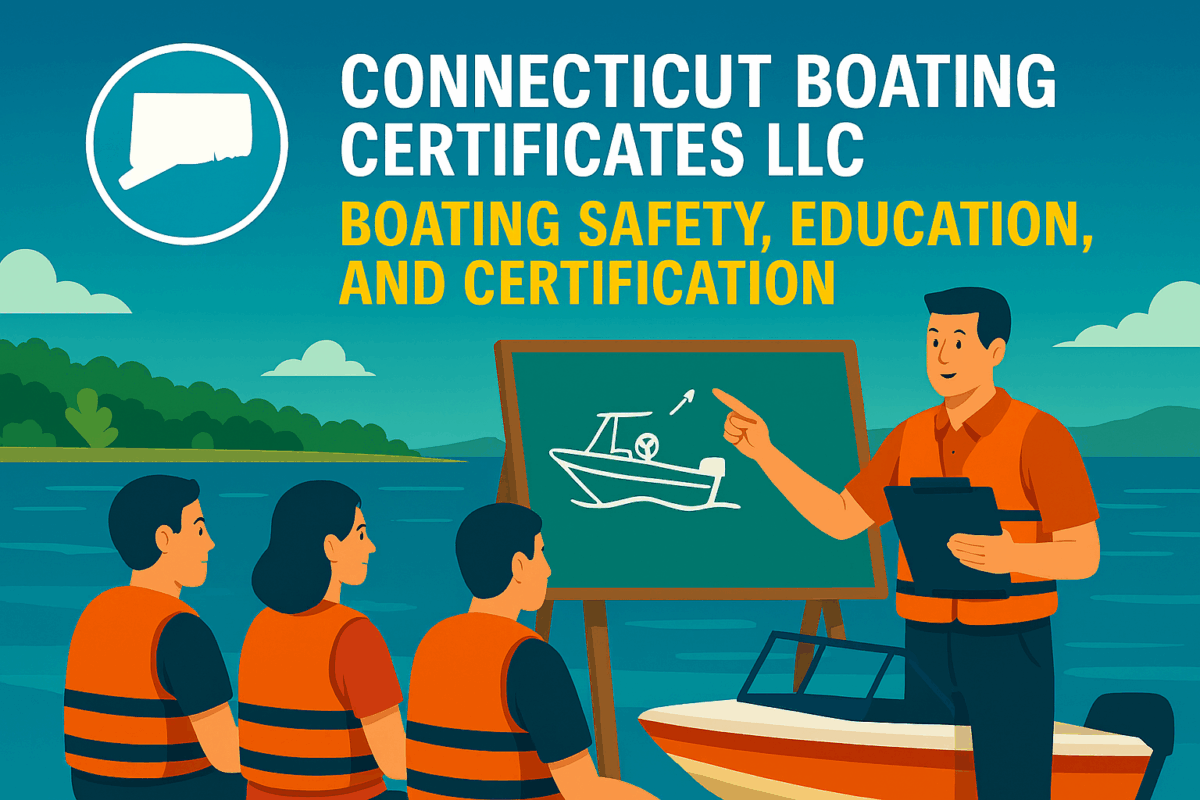Call: 1-800-832-7191

Cold Water Boating
Boating Fatalities in Alaska. Alaska experiences a high number of boating deaths due to capsizing and falls overboard into cold water. Because of this, the Alaska Office of Boating Safety created an instructional video to address cold water boating risks.
Unique Challenges of Cold Water Boating
Cold water boating in Alaska demands heightened awareness and preparation. Since the environment poses serious risks, boaters must follow specific safety measures to stay protected.
Understanding Cold Water Immersion
Cold water immersion causes cold shock, impaired motor function, and hypothermia. Therefore, boaters should recognize the three phases: cold shock, cold water incapacitation, and hypothermia. Depending on water temperature, unconsciousness may occur in as little as 15 minutes or take up to 40 hours.
Importance of Life Jackets
Life jackets save lives. Boaters must wear Coast Guard-approved life jackets, especially children under 13. Not only do they provide buoyancy, but they also offer thermal protection by keeping the body positioned at a 45-degree angle in the water.
Staying Connected with Communication Tools
To improve safety, boaters should carry VHF-FM radios and cellphones. These devices allow quick communication and help signal for assistance during emergencies.
Preventive Maintenance Matters
Before departure, boaters should inspect engines and equipment. By running tests and ensuring adequate fuel—along with using a fuel/water separator—they can avoid mechanical failures and fuel issues.
Filing a Float Plan in Cold water Boating
Boaters should always file a float plan with trusted contacts. Moreover, they must stick to the plan and notify the same people upon return. This step greatly improves rescue efforts if something goes wrong.
Final Thoughts
By following these guidelines and understanding the effects of cold water immersion, boaters can safely enjoy Alaska’s breathtaking waters while minimizing risks. This is yet another example of the forces of mother nature.
